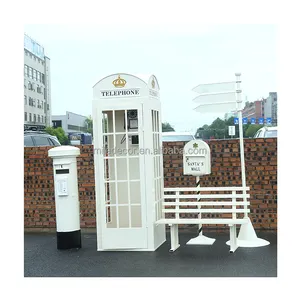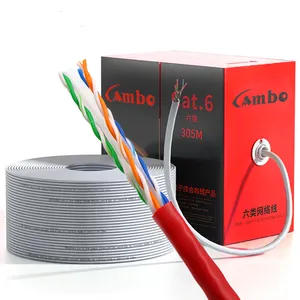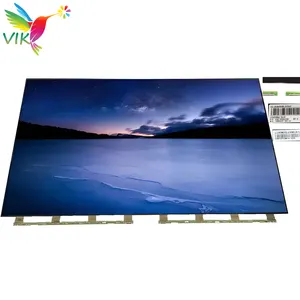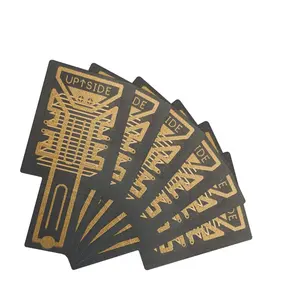Popular in your industry


































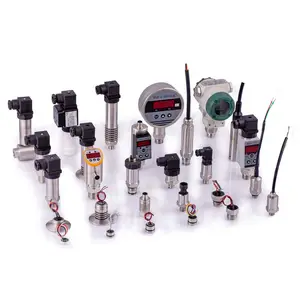






























Top categories
About fabric pressure sensor
Fabric Pressure Sensor: An Overview
Fabric pressure sensors are integral components in the realm of smart technology, designed to detect and respond to variations in pressure. These sensors are embedded within a flexible, textile structure, making them ideal for a wide range of applications. From wearable technology to healthcare monitoring systems, fabric pressure sensors offer a unique combination of sensitivity and form factor.
Types and Applications
The versatility of fabric pressure sensors is evident in their various types, each suited to specific applications. Pressure sensitive fabric is commonly used in interactive devices, responsive surfaces, and safety systems, providing real-time pressure data. The eeontex pressure sensing fabric is another variant, known for its consistency and reliability in pressure measurement, often utilized in creating smart garments and robotics. Meanwhile, conductive fabric pressure sensors are essential in touch-sensitive interfaces and have become increasingly popular in the design of interactive installations.
Features and Materials
The construction of a fabric pressure sensor typically involves a blend of conductive and non-conductive yarns, creating a matrix that changes resistance under pressure. This transformation is the core of the sensor's functionality. Materials used in these sensors include a range of conductive polymers and textiles, each selected for their durability, flexibility, and conductive properties. The adaptability of these materials allows the sensors to be integrated into various environments without compromising performance.
Advantages of Fabric Pressure Sensors
One of the primary advantages of fabric pressure sensors is their inherent flexibility, which enables them to conform to complex surfaces and maintain functionality even when bent or stretched. This flexibility, combined with their lightweight nature, makes them an ideal choice for wearable technology. Additionally, their textile-based structure allows for seamless integration into clothing or soft robotics, providing a level of comfort and unobtrusiveness not achievable with traditional rigid sensors.
Technical Specifications
When selecting a fabric pressure sensor, it is crucial to consider its technical specifications, which include sensitivity range, response time, and operational stability. These parameters ensure that the sensor meets the requirements of its intended application. For instance, sensors with a high sensitivity are preferred in medical monitoring devices, while those with rapid response times are beneficial in dynamic control systems.
Choosing the Right Sensor
For businesses and innovators sourcing fabric pressure sensors, it is important to assess the sensor's compatibility with the intended application. Factors such as the sensor's form factor, electrical characteristics, and environmental resistance should align with the project's demands. Alibaba.com's platform facilitates this selection process by connecting buyers with a diverse range of suppliers offering sensors that cater to various applications and industries.
